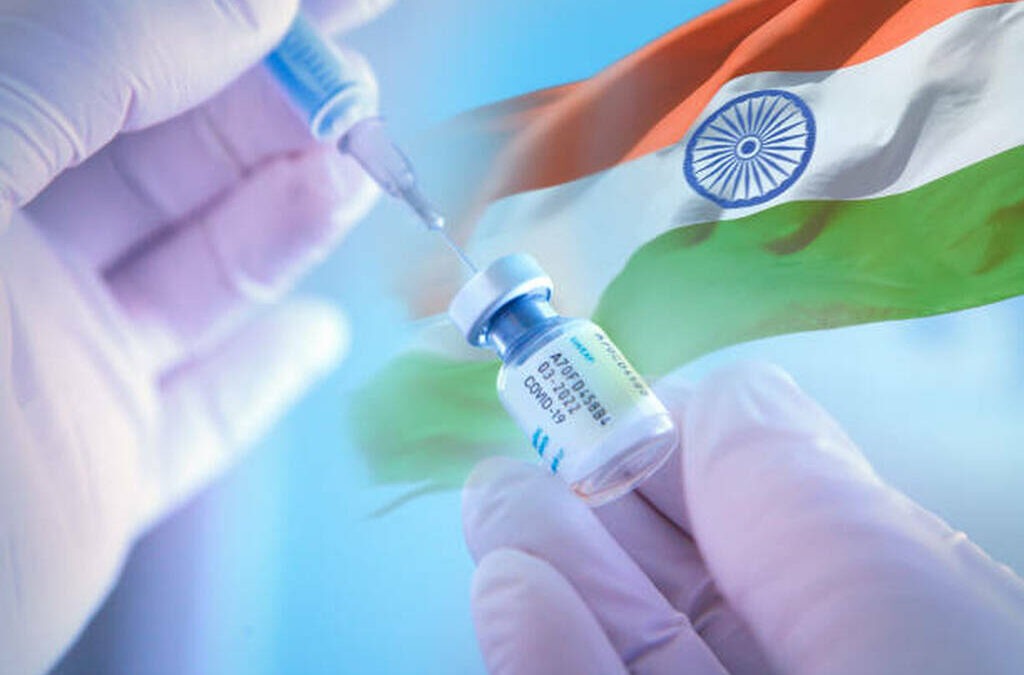
Pharma’s New Gold Rush: Inside the Explosive Race for Next-Gen Weight-Loss Drugs
November 11, 2025
Under the Microscope: Why India’s Drug Regulator Is Targeting Small Pharma Firms
November 14, 2025Redrawing the Patent Map: How India’s Crackdown on “Evergreening” is Rewriting Pharma IP Strategy
When the Patents Act, 1970’s Section 3(d) came into sharper focus through the Novartis AG v. Union of India ruling and subsequent cases, it marked more than a legal turning point—it signalled a strategic shift in global pharmaceutical IP thinking. “IPIC Series: Global Pharma Reworks IP Strategy Amid India’s Anti-Evergreening Push,” outlines how India’s robust posture is forcing large drug-makers to recalibrate their licensing, patent-filing and operational footprints in one of the world’s largest generic hubs.
India’s Clear Message: Incremental Tweak ≠ Innovation
India has made its stand unambiguous: simply modifying an old drug and filing again won’t secure a fresh patent. Section 3(d) of the Patents Act states that “the mere discovery of a new form of a known substance which does not result in the enhancement of the known efficacy … shall be considered the same substance” and thus not patentable. The government’s tone reinforces this: Commerce Minister Piyush Goyal publicly declared that “India will not allow any evergreening”.
What changed recently? The Zeria Pharmaceutical Co. Ltd. v. Controller of Patents ruling extended the therapeutic-efficacy requirement to intermediates used in drug manufacture—not just the finished drug substance. That effectively raises the bar for patent claims, especially for global players used to securing sequential “secondary” patents.
How Pharma Giants Are Re-tooling Their Strategy
For multinational pharmaceutical companies, India is a vital piece in the generics and supply-chain jigsaw. With Indian firms producing roughly 20 % of global generics, the stakes are sizeable. The shift in India’s patent environment triggers several adjustments:
- Re-prioritising filings: Patent applications in India dropped to 64,941 in 2024—a nearly 15 % decline year-on-year. Meanwhile, refusals are rising. This signals that the cost-benefit calculus of filing broad incremental patents is under review.
- Focusing on meaningful innovation: Companies now must ask—does the improvement demonstrate therapeutic efficacy, or is it a tweak that won’t pass muster under India’s standards?
- Exploring partnerships and local licensing: With litigation becoming less automatic (courts are increasingly applying a public-interest test before injunctions), pharma firms are pivoting toward licensing deals, co-development with Indian partners, and joint ventures.
- Regional strategy recalibration: The Indian benchmark is influencing other emerging markets (such as Mexico, Brazil, the Philippines and Argentina) that are considering anti-evergreening frameworks or stricter patentability filters.
The Broader Picture: Innovation vs. Access
On one hand, critics of “evergreening” argue that extending Monopoly Rights on nearly identical drugs delays cheaper generics, raising costs for patients and health systems. On the other hand, pharmaceutical companies contend that incremental improvements still require investment and deserve protection. India’s model challenges the global IP paradigm—one built around broad patentability and incremental extensions.
India’s stance suggests a re-balancing: reward real, demonstrable innovation while safeguarding access to affordable medicines. For a country like India, where domestic industry and patient-populations intersect with global supply chains, this is not merely a legal posture—it is an industrial strategy.
Implications for Stakeholders
- For Indian generics and local pharma firms: The higher filtration of secondary patents opens opportunities. Fewer weak patents means less defensive litigation cost, more room for generic entry, and better clarity in freedom to operate.
- For global innovators: India cannot be treated as just another filing jurisdiction with lenient standards. Filing strategy must factor in India’s tougher bar for efficacy, and the timing and substance of R&D investments must align globally and locally.
- For patients and public health: A stronger push against evergreening holds the promise of lower drug prices, faster generic entry, and improved affordability—while still preserving incentives for genuine drug-innovation.
- For trade and investment: India’s model adds complexity to bilateral trade negotiations and IP chapters in free-trade agreements. It signals that IP protection is not a uniform global standard, but a terrain of national policy, especially for pharmaceuticals.
Final Thoughts
India’s anti-evergreening drive is more than regulatory rigour—it is a strategic pivot. By tightening patentability criteria via Section 3(d) and encouraging localised licensing collaborations rather than endless incremental patent filings, India is reshaping how the pharma world approaches innovation, manufacturing and market access. As global players recalibrate, the message is clear: one-size-fits-all IP strategies no longer cut it. Successful players will be those who adapt to local standards, partner smartly, and innovate meaningfully.
In short: the patent playing-field has changed—and India just rewrote the rules.



